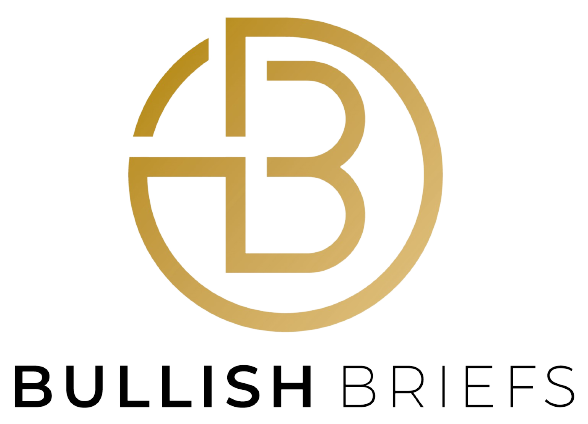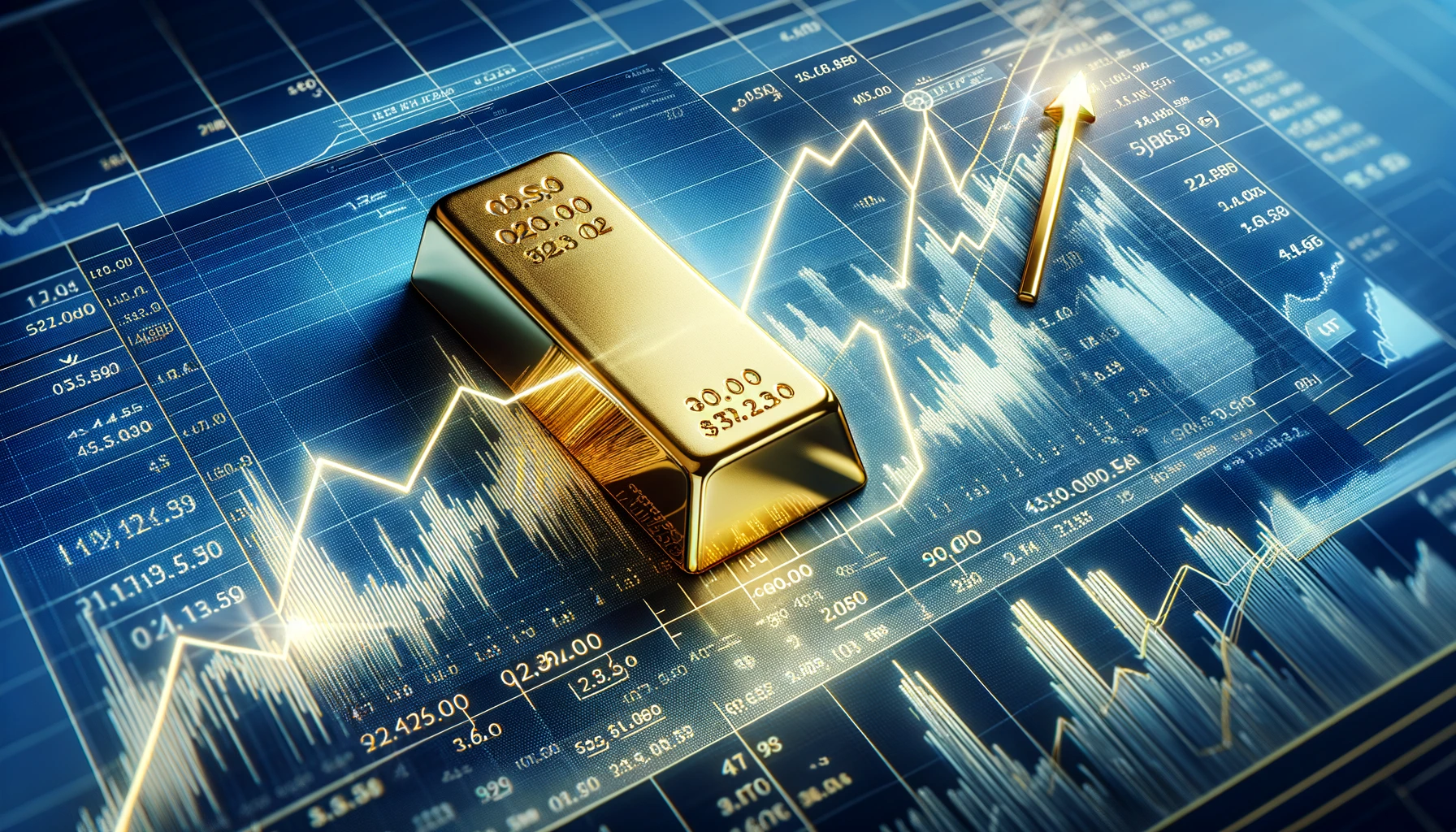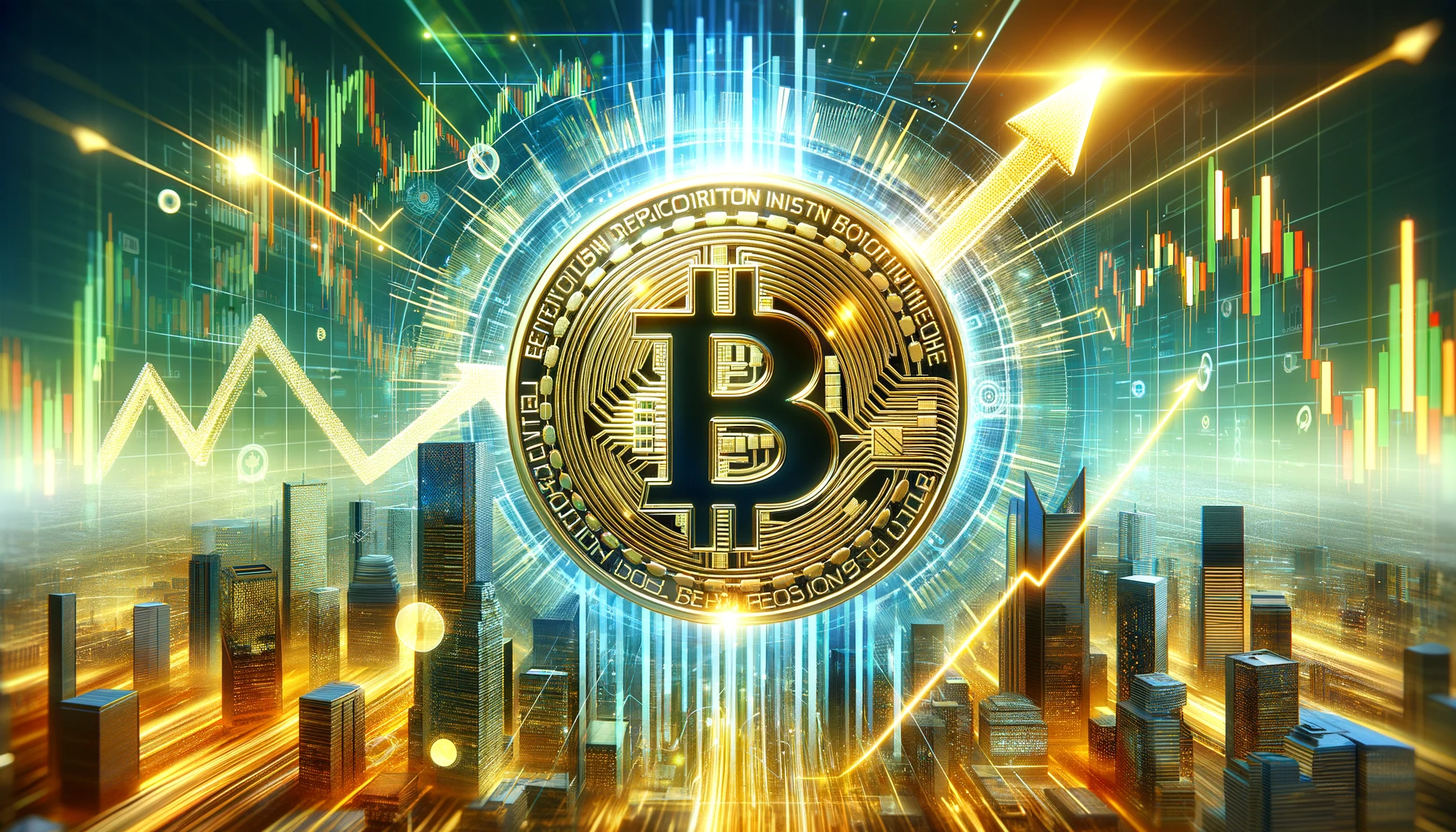On Wednesday, gold rose to a 7-month high climbing to $2,044.18. This surge reflects a complex interplay of economic factors and market sentiments, signaling a potential shift in the global financial landscape. In this analysis, we delve into the reasons behind the surging gold prices and their broader implications.
The precious metal has witnessed a remarkable rally, soaring over 11% since October due to expectations that the U.S. Federal Reserve might cut interest rates by the first half of next year.
The Role of the Federal Reserve
The Federal Reserve‘s monetary policy exerts a strong influence on gold prices, with the prevailing market sentiment suggesting that the Fed has concluded its rate hikes, according to David Meger from High Ridge Futures. Rate cuts expected in 2024 will be contingent upon economic data, significantly affecting the direction of gold prices. Typically, lower interest rates spur demand for non-yielding assets like gold. This trend is evident as traders now anticipate a 70% probability of rate reductions by May, up significantly from 50% the previous day.
Global Economic Context
Gold prices are not just affected by the U.S. economy but also by global economic conditions. Ryan McIntyre from Sprott Asset Management notes that U.S. investors in gold are now more concerned about global financial markets. Their worries are about the economy, interest rates, and political issues around the world. A weaker dollar, at its lowest in a year, has also made gold cheaper for buyers outside the U.S., pushing its price up.
Investment Demand and Treasury Yields
The SPDR Gold Trust, a major gold-tracking exchange-traded fund (ETF), experienced its most robust monthly influx since March 2022. Concurrently, Treasury yields, often considered gold’s primary financial adversaries, have tumbled. The yields on U.S. Treasury bonds are now less of a concern, with the policy-sensitive 2-year Treasury yields falling significantly.
The Federal Reserve’s shifting stance is a notable factor in the latest gold rally. Gov. Christopher J. Waller’s recent dovish remarks contrast his previously hawkish position. Expressing confidence in the current policy measures to control inflation, Waller hinted at possible rate cuts if the decline in inflation continues. This change in tone has led to increased market bets on rate cuts in 2024.
Gold’s Future Outlook
As gold prices hover near record highs, several factors will shape its future trajectory. Key among them are the ongoing Fed policy decisions, global economic conditions, and the dollar’s performance. The metal’s safe-haven appeal, coupled with its historical role as a hedge against inflation and economic uncertainty, positions it as a crucial barometer of global financial health.
The surging gold prices reflect a complex array of economic signals and investor sentiments, offering insights into the evolving dynamics of the global economy. The recent rise in gold prices is significant, showing important economic trends and investor feelings. These prices give us a clear view of changes in the global economy. As the economic situation stays uncertain, the movement of gold prices is an important indicator to follow.






